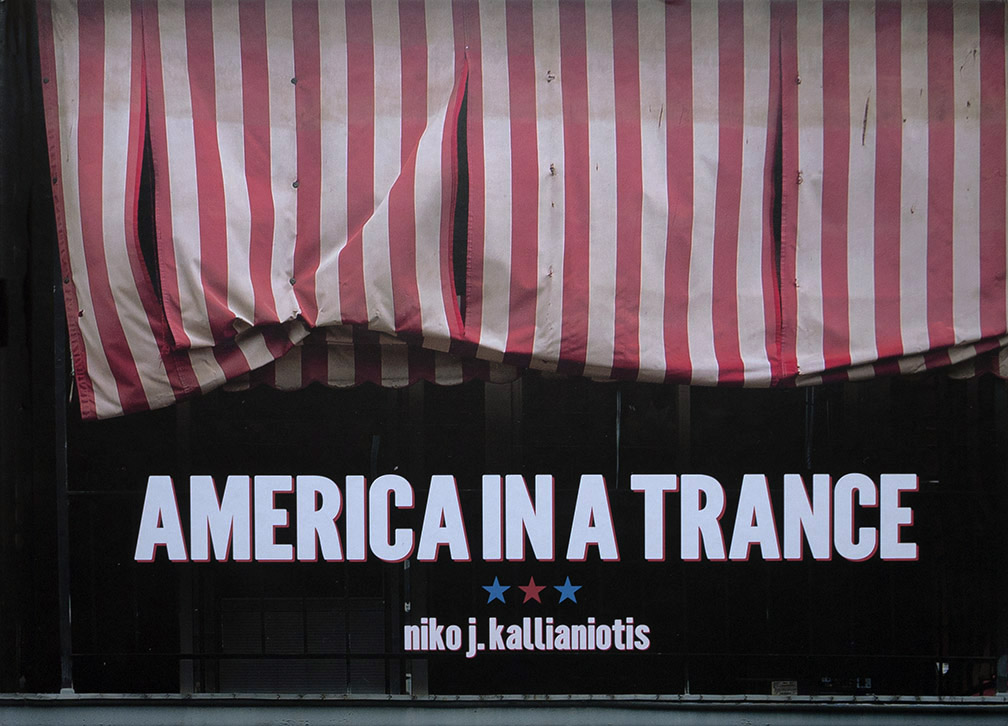
Review by Gerhard Clausing •
It’s been more than half a century since Robert Frank stirred things up with his first major work, The Americans. Some of what he, the outsider, observed in regard to racial inequality and strife, economic hardships, and political swagger are still in need of improvement even as these lines are written. It also needs to be said that it is too simple to consider critical presentations to be intended as rejection or condemnation; such observations can come from a perspective of strong admiration, combined with a wish for further improvement of some of the particulars. It is the outsider or the newcomer that can bring along fresh suggestions, and those who are caught within the traditional ways of a system might be well-advised to pay attention to fresh ideas.
Such is the case with this photobook, America in a Trance. Niko Kallianiotis came to this country from Greece some twenty years ago and now calls Pennsylvania his home. It is clear that he has a very supportive stance toward the Rust Belt and its people, a northeastern area of the state. The project shows a region that seems in a dream world – nostalgic about a more prosperous past and hoping for a better future, while caught in the predicaments of the present.
The old stereotype that considers black-and-white imagery a more forceful and authentic form of representation of reality does not hold true. Kallianiotis is a masterful artist in the way he uses color throughout. Combined with his skillful use of late-afternoon and evening light, the moody color scenes cast a softly benign atmosphere over the areas shown, reminding the viewer that depictions of better days can serve as a wake-up call aimed at restructuring these areas and meant to encourage new approaches with greater vigor.
The book is like a love declaration for the area. While the other essays in the book are crucial for understanding the background of this region, giving us sketches of the historical, economic, and population developments, it is the essay by Kallianiotis that is particularly helpful for understanding the intent and personal motivation of the photographer. He states, “I strive to experience my environs through an intimate yet simultaneously distant aesthetic, a passerby, a vagabond in search of purpose and cultural identity. I maintain an open heart harbored by an astute hunger to learn, devoid of hastily coming to a particular conclusion about a place and its people.” Wouldn’t it be great if all artists could express their approach so concisely and eloquently!
And indeed, Kallianiotis goes on to describe his role as outsider and insider at the same time, in various proportions, in various places, as time passes. The visuals he creates allow much projection on the viewer’s part as well. The folks are mostly shown from a distance, yet grounded in their environment, so that the context sets the mood, and they can be considered ‘everypeople’ that could be you or me as well, if we were there and impacted by those particular circumstances of place and time. The images are all printed in a generous size, on attractive semi-gloss paper, well paced and sequenced. A most effective technique for allowing us to share in the grandeur of former times looking for a better future; I consider this project a model for a creative and supportively artful and balanced presentation, sure to become a classic!
____________
Niko J. Kallianiotis – America in a Trance
Photographer: Niko J. Kallianiotis (born in Kozani, Greece; lives in Scranton, Pennsylvania, USA) – Instagram: njkphoto
Publisher: Damiani, Bologna, Italy; © 2018
Essays: Luke Wynne, Seamus McGraw, Parker Reinecker, Niko J. Kallianiotis
Language: English
Hardback with illustrated cover; stitched binding; 136 pages, unpaginated, with 95 color images; 31.2 x 22.3 cm (12.25 x 8.75 inches); printed in Italy by Grafiche Damiani – Faenza Group SpA
Photobook Designer: Yoav Friedländer
____________
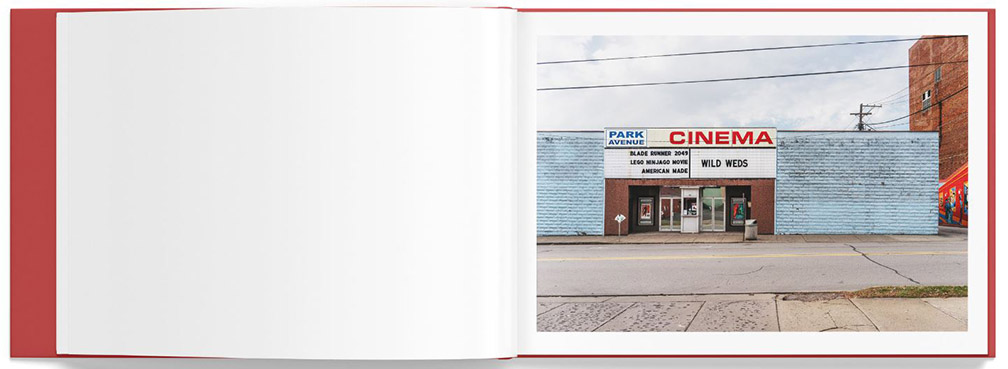
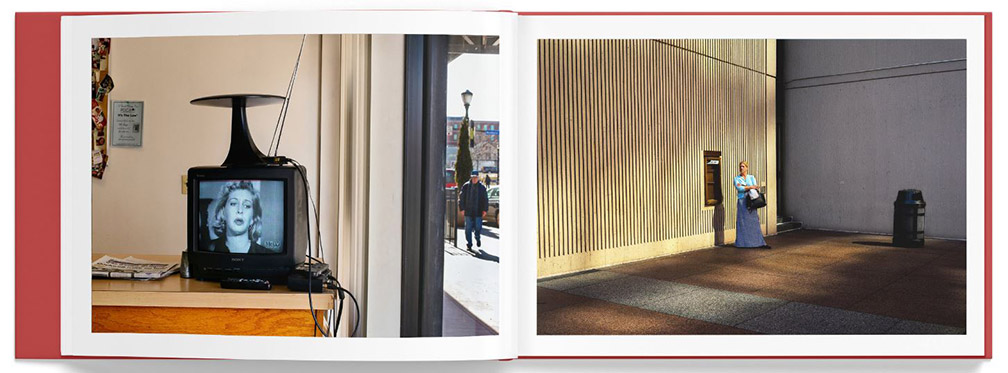
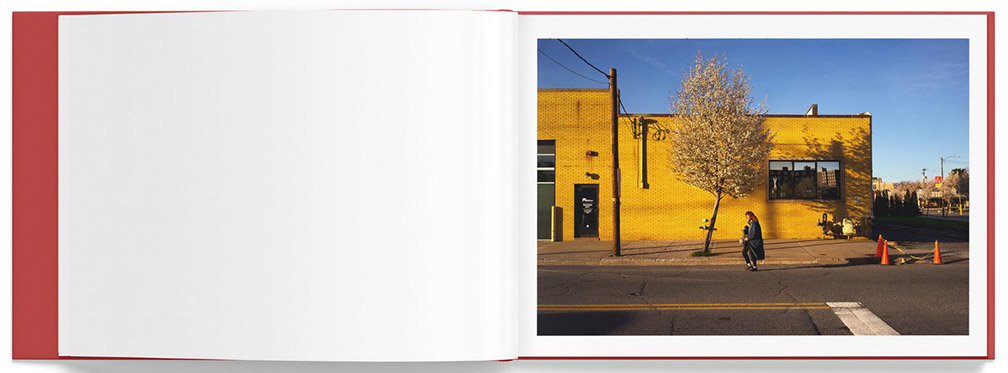

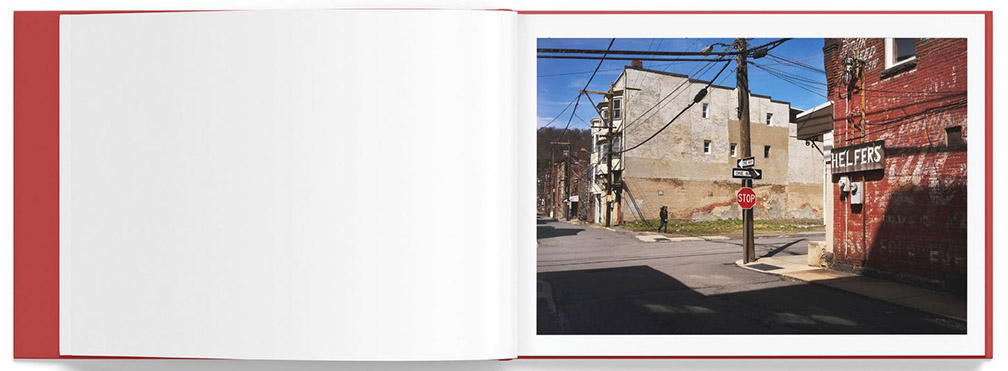


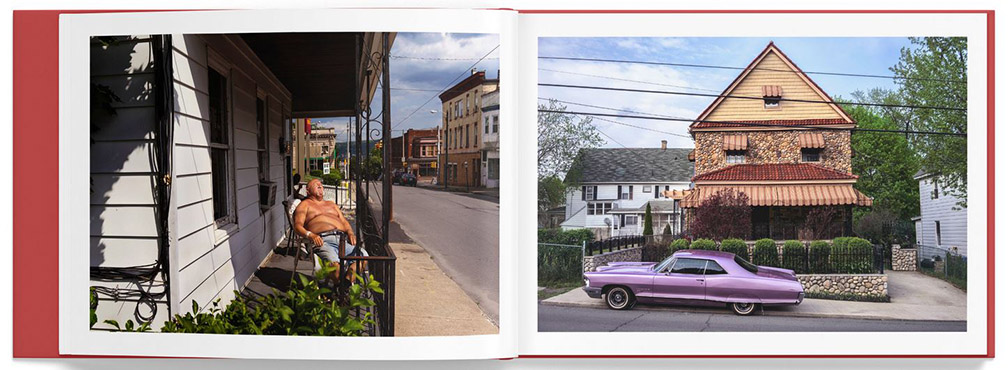
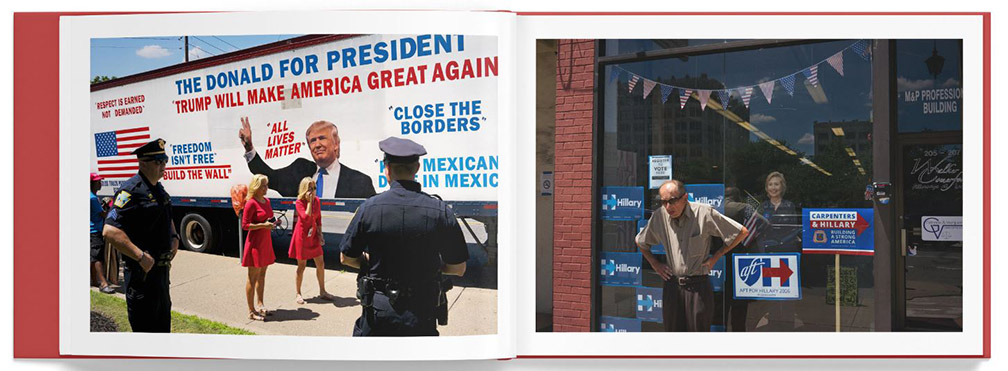

Articles and photographs published in the PhotoBook Journal may not be reproduced without the permission of the PhotoBook Journal staff and the photographer(s).